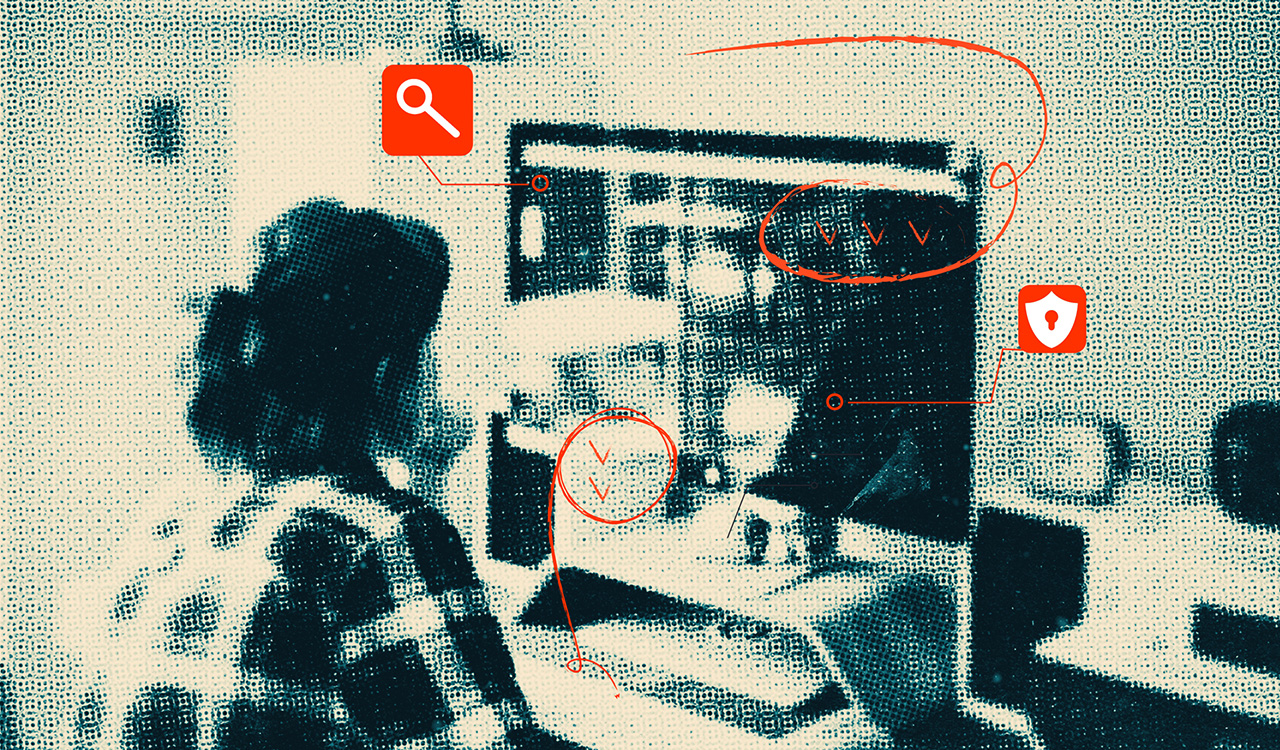My shopping patterns have changed, have yours? Nozzle, a British consultancy that specializes in Amazon sales optimization released a report on recent Amazon search trend results. The insights reveal the top search terms. The lead searches for June in the U.S. were:
- Facemasks
- Lysol wipes
- Reusable facemasks
Other popular items in the top ten include hand sanitizer and desk chairs. The July numbers were broken down differently, but the top two items were identical to June. Our consumer behavior has been flipped on its head. This won’t continue indefinitely, but until the aftershocks cease, our traditional personalization, churn calculations, inventory management, distribution and marketing formulations are erroneous. Our new data is so far from the norm that it is speaking a new language, and our AI-controlled predictive models don’t understand it. Where do we turn for valuable consumer insights on which we can plan? Is pre-Covid-19 data still relevant? Do we toss out all of the data from March 11th forward and start from scratch? What is scratch, and when will it reveal itself?
Current data, while of diminished value in the moment, could prove useful as we adjust to a future that feels wobbly. The scars from this pandemic — the financial repercussions combined with the vagaries of climate change, should inform our attitudes as we prepare for the next upheaval.
The previous paragraph is chock-full of question marks, which is indicative of the current zeitgeist. While we find ourselves statistically adrift, there are things companies are, can, and should be doing to manage their information systems in this fluid environment.
Human Intelligence + Artificial Intelligence
A key to AI modification in a crisis is human intervention. Stitch Fix built the human/AI interface into its foundation by combining data science with the gut instincts of a stylist/merchant. While the company, like most fashion-based businesses, is struggling with the pandemic, the structural combination of data and a human intuitiveness offers an effective template to consider in the evolving marketplace.
Artificial intelligence models left to their own devices are allergic to surprise. They excel at anticipating predictable outcomes based on legacy training data. Since we are sitting on piles of legacy data that is of little use in our immediate response to this extended crisis period, we need a novel approach. The Stitch Fix template is a place to start. We should aim for a synthesis of human intuition grounded in sound external data and agile, adaptable data science to build highly versatile models designed to inform key decision-makers in this time of flux.
At Hanesbrands, Lydia Hassell, Analytics Technologist III, oversees over 100,000 machine learning models. Hassell, quoted in a recent MIT Sloan Review article, details her intervention based on the open-ended pandemic related fluctuations. “While we would normally run these reports on a monthly basis, we began running these weekly, or even more frequently, to better monitor what was happening to the machine learning models.” Hassel immediately started to use the reports to update and test new models to forecast into 2021.
Plausible Scenarios and Datasets
A sister MIT publication, the MIT Technology Review, posted an article aptly titled Our weird behavior during the pandemic is messing with AI models. The article suggests that companies construct a portfolio of specialized models based on plausible potential scenarios “and simulations that can be pulled off the shelf as needed.” It mentions a consumer goods manager who said that once his company’s data team better understood what was happening with the pandemic, they started deploying their hurricane models.” A critical lesson from this pandemic is that analytical agility a requirement going forward.
In the Short Term
- Even more important than getting the messaging right, don’t get your messaging wrong. No matter how successful your social strategy was before the pandemic, it won’t be now. Customization may be a challenge, but if your social channels were optimized before the pandemic, the equity you have built with your followers should serve you well. You can incentivize your customers to assist in crafting new messaging. Ask them to share their thoughts, concerns, hopes, and appetites with you in exchange for a specific benefit.
- Dig into the current data and see if any of your strategies have held up. Are your recommendations effective or do they just feel wrong for the moment? Look at your inventory. What is selling? Are customers searching for items that you are not offering? Are there valuable consumer insights hiding in plain sight?
More Freak Events in Our Future
I suggested earlier that our legacy data was mostly useless and our pandemic data might be better suited for the bin. While that feels true, current data, while of diminished value in the moment, could prove useful as we adjust to a future that feels wobbly. The scars from this pandemic — the financial repercussions combined with the vagaries of climate change, should inform our attitudes as we prepare for the next upheaval. The MIT Sloan Review article quotes Rajeev Sharma, global vice president at Pactera Edge, a global technology research firm who is convinced that our current data actually can be useful: “AI is a living, breathing engine” but it is also a system that needs to be trained on freak events like the Great Depression of the 1930s, the Black Monday stock market crash in 1987, and the 2007-2008 financial crisis. “A pandemic like this is a perfect trigger to build better machine learning models.”
Brainpower
In season one of Westworld, toward the end, the AI-controlled hosts begin to go off the rails. Chaos ensues. A popular threat in science fiction as demonstrated in Westworld, 2001 A Space Odyssey and many other tales, is that of artificial intelligence surpassing human ability. The advantages we still have, even amidst this calamity, are the very human qualities of intuition, knowledge, foresight, grit, and the ability to exploit all the tools, including AI, to survive and prevail.





